About the only thing the ZG Outlander shared with its predecessor was its name, which was probably a pretty good thing. The ZG was based on the new Lancer that arrived the following year, but it also looked better, offered a choice of engines for the first time and had the option of seven seats. Gone was the front heavy, clunky look of the first Outlander, the incoming ZG had a more balanced look with a much more appealing front.
Whereas the previous model had just the one engine the ZG offered the choice of two, a 2.4-litre four-cylinder unit that delivered 125kW at 6000rpm and 226Nm at 4100rpm, and a 3.0-litre V6 that added the punch of 162kW at 6250rpm and 276Nm at 4000rpm.
Those who chose the four-cylinder engine got a smooth CVT continuously variable transmission that could also be driven as if it were a six-speed, while those who ticked the V6 box drove away with a six-speed auto and sequential manual shift.
A year after the launch, in 2007, Mitsubishi added a five-speed manual gearbox to the range. The Outlander's cabin won praise for its roominess compared to its rivals, as well as for the size of its boot and useful double tailgate.
Visibility was great with a commanding driving position and lots of glass. The front seats were comfortable, but the rear seats were criticised for being firm and flat. For families wanting more seats Mitsubishi added a seven-seat option, with a third row capable of accommodation young children.
On the road the Outlander had impressive performance, even with the four-cylinder engine, along with a comfortable ride and a tight turning circle. The LS opened the bidding and came standard with air, cruise, power mirrors and windows, and four-speaker CD sound. The XLS also had 18-inch alloys, fog lamps and six-speaker CD sound. Rounding out the range were the VR and VR-X, which came with even more equipment, including electronic stability control.
IN THE SHOP
Mitsubishis are generally robust and reliable and the Outlander is living up to that image. We have few complaints from Outlander owners, which serves to underline the car's overall durability. Check for a service record to confirm a regular maintenance routine with the oil and filter changes that are the keys to prolonging engine life. Carefully test-drive the CVT for any hesitations, slippage that might suggest a problem with the transmission.
IN A CRASH
Dual front airbags were standard across all models, but the VR-X also had head and side airbags for added safety. The Outlander's primary safety package included ABS brakes and EBD electronic brake distribution, while the VR and VR-X also had the important safety feature of electronic stability control. ANCAP gave the Outlander four stars out of five.
UNDER THE PUMP
The four-cylinder, CVT model was the fuel miser of the range with a claimed average of 9.5L/100km, while the V6 would slurp 10.9L/100km.
I OWN ONE
Rex Gotch wanted sufficient space to carry musical instruments and the capability to occasionally go four-wheel driving when he bought his 2007 Mitsubishi Outlander XLS auto. He likes the Outlander's tumbling rear seat and smooth CVT transmission, but doesn't like its thick A-pillars and small indicator lights. It has done 49,000 km and overall he is pleased with it.
"I'm surprised at how spritely the engine is, even when towing a fairly heavy trailer on country trips."
AT A GLANCE
Price new: $31,990 to $43,190
Engines: 2.4-litre 4-cylinder petrol, 125 kW/220 Nm; 3.0-litre V6, 162 kW/276 Nm
Transmissions: 6-speed CVT, 6-speed auto, 5-speed manual (2007), on-demand all-wheel drive
Economy: 9.5 L/100 km (2.4), 10.9 L/100 km (3.0)
Body: 5-door wagon
Variants: LS, XLS, VR, VR-X
Safety: 4-star ANCAP
VERDICT
Better looking and much improved over previous model with roomy interior, good performance, ride and handling. Hard to beat.
Mitsubishi Outlander 2006: Activ
| Engine Type | Inline 4, 2.4L |
|---|---|
| Fuel Type | Unleaded Petrol |
| Fuel Efficiency | 10.8L/100km (combined) |
| Seating | 5 |
| Price From | $4,400 - $6,490 |
Pricing Guides






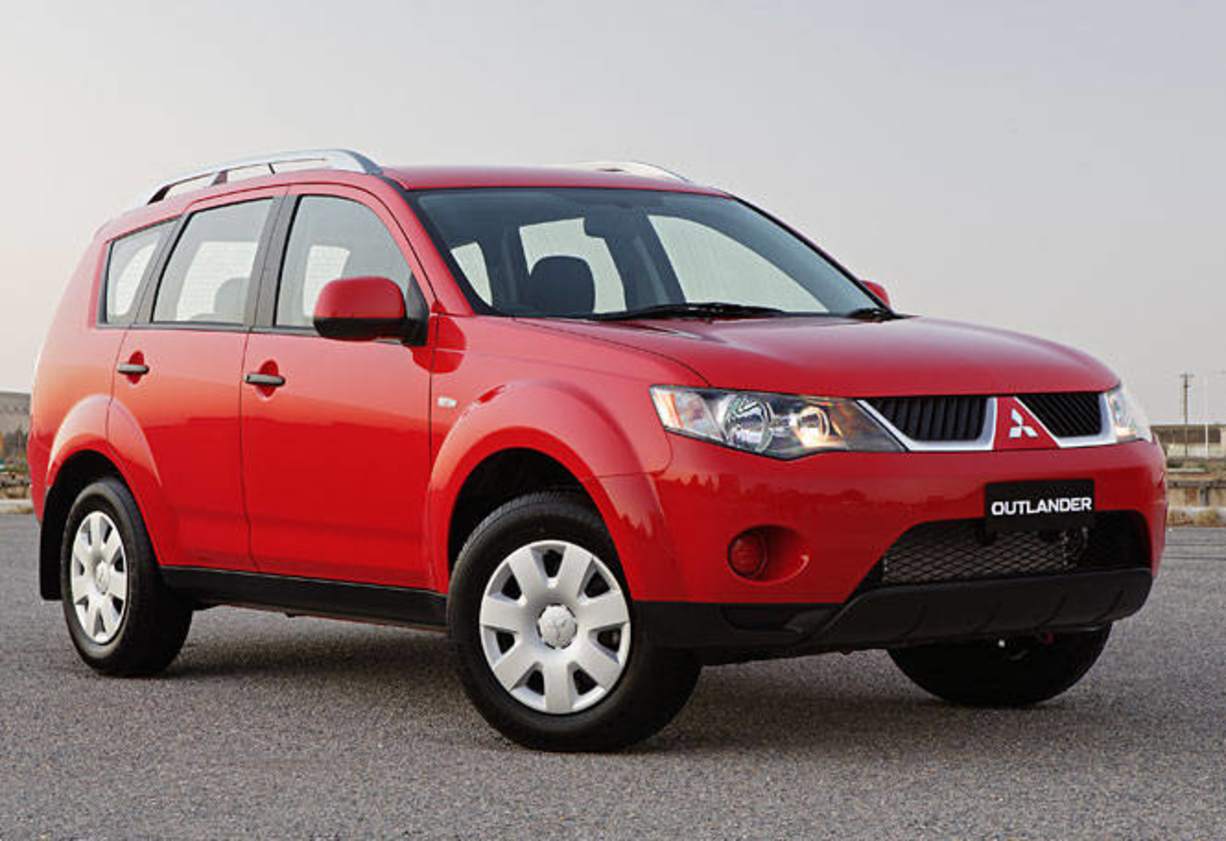
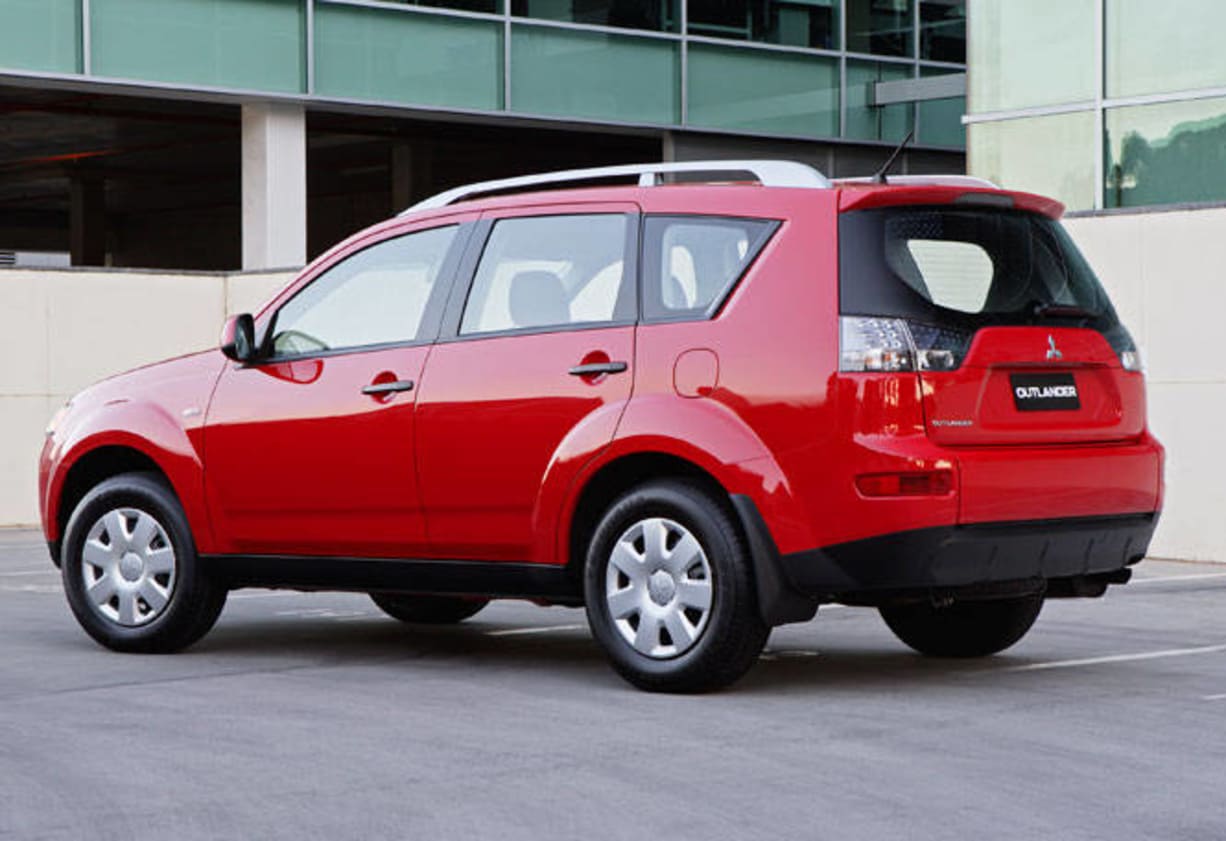
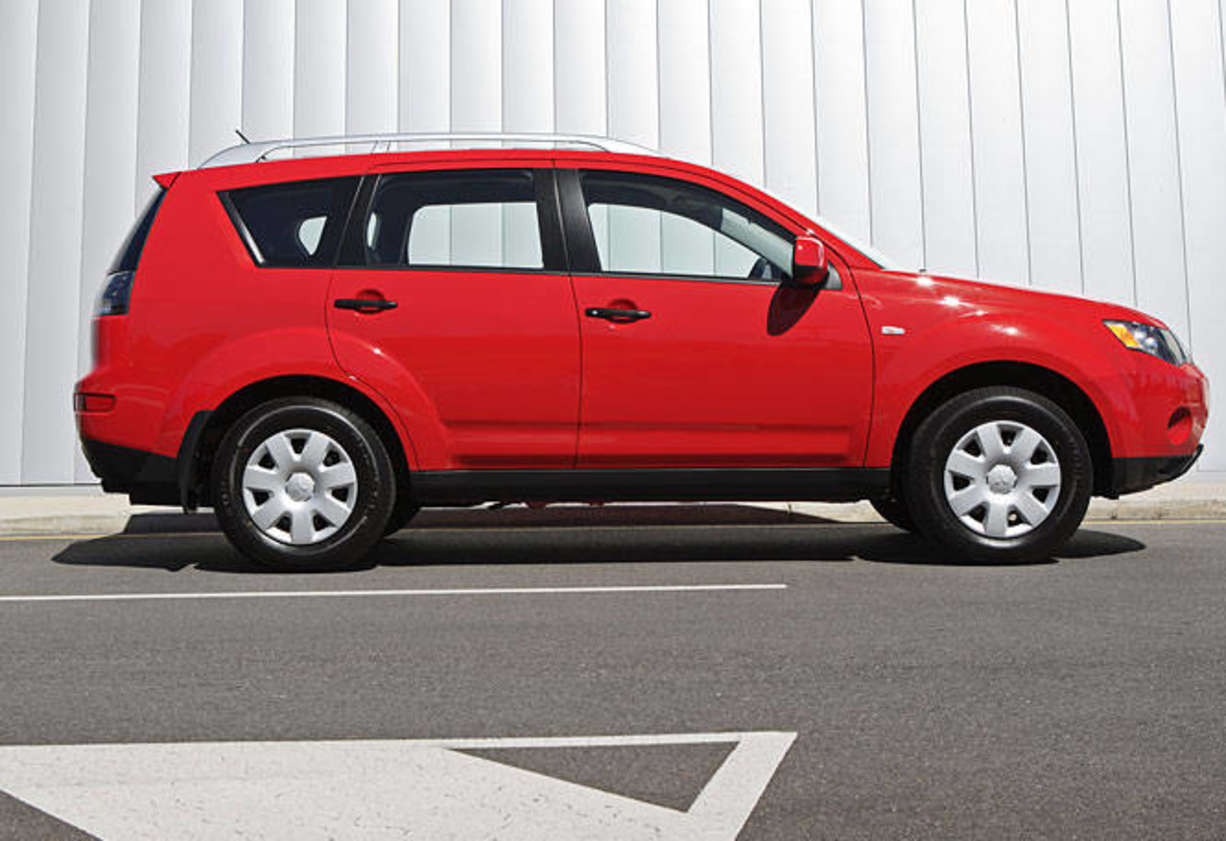
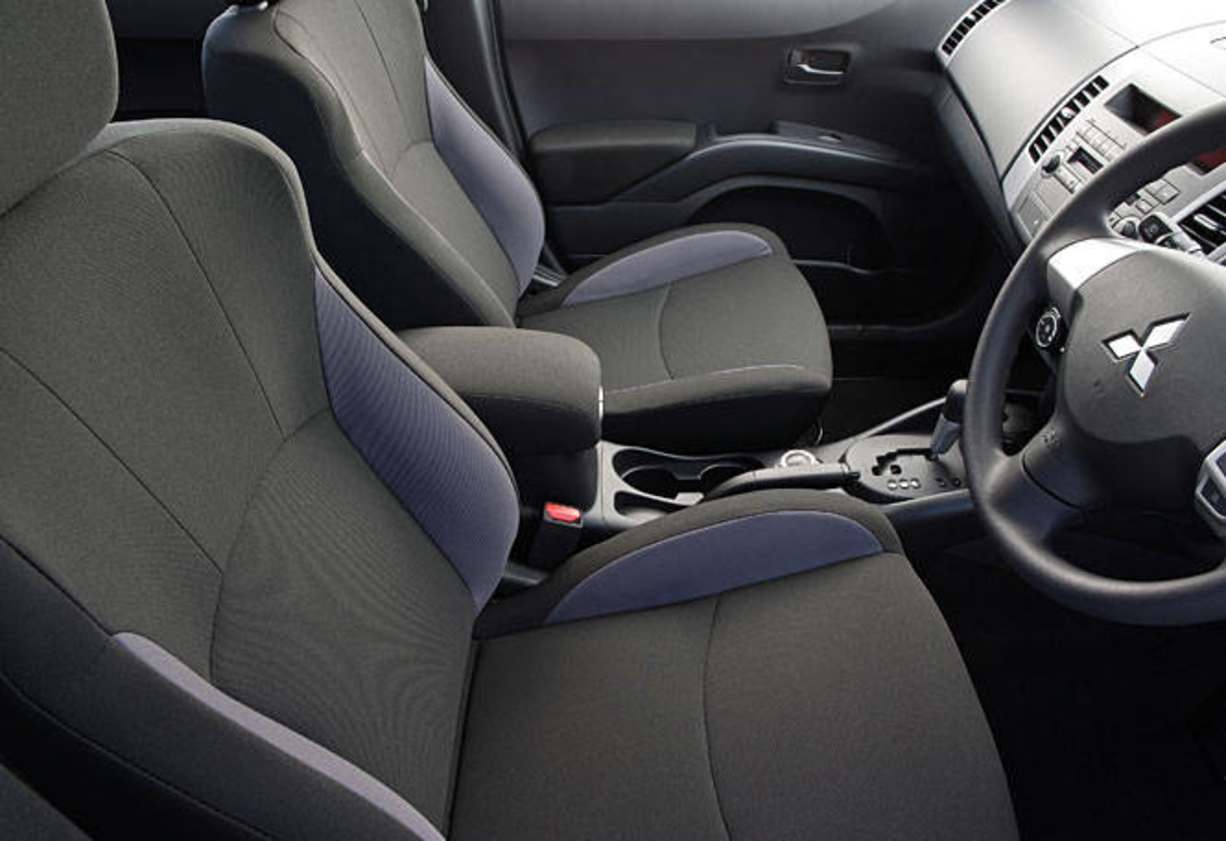
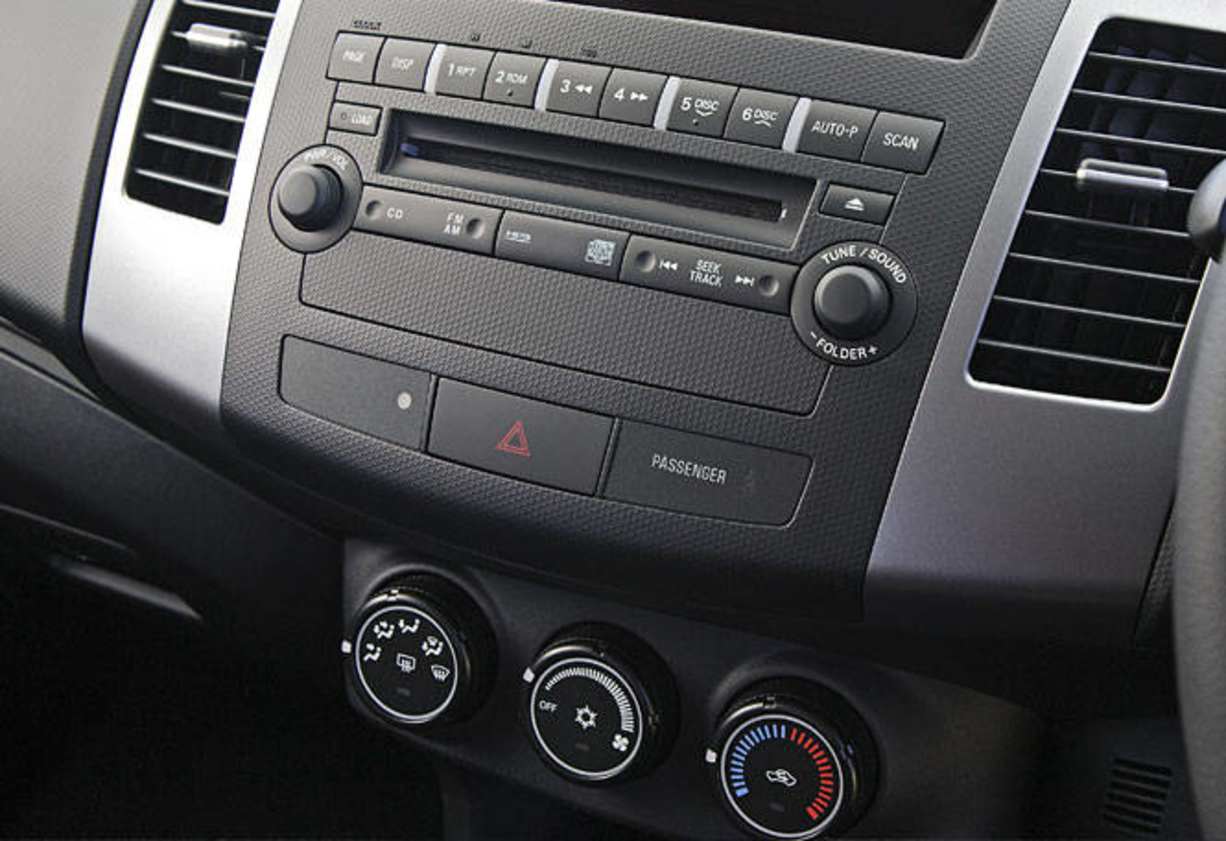
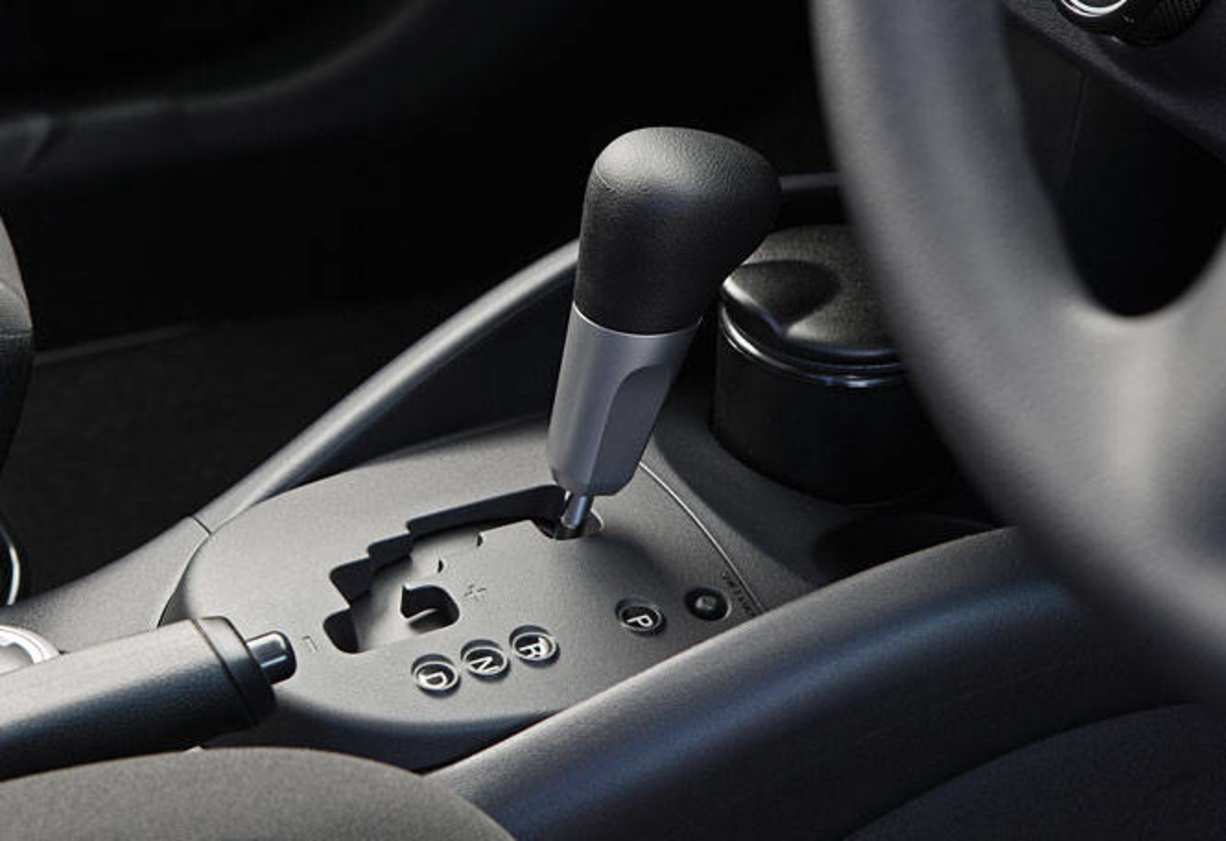













.jpg)

.jpg)
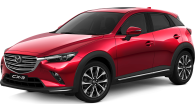






.png)





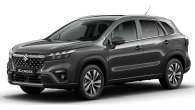

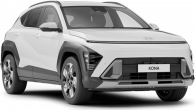
.jpg)

.jpg)
.jpg)